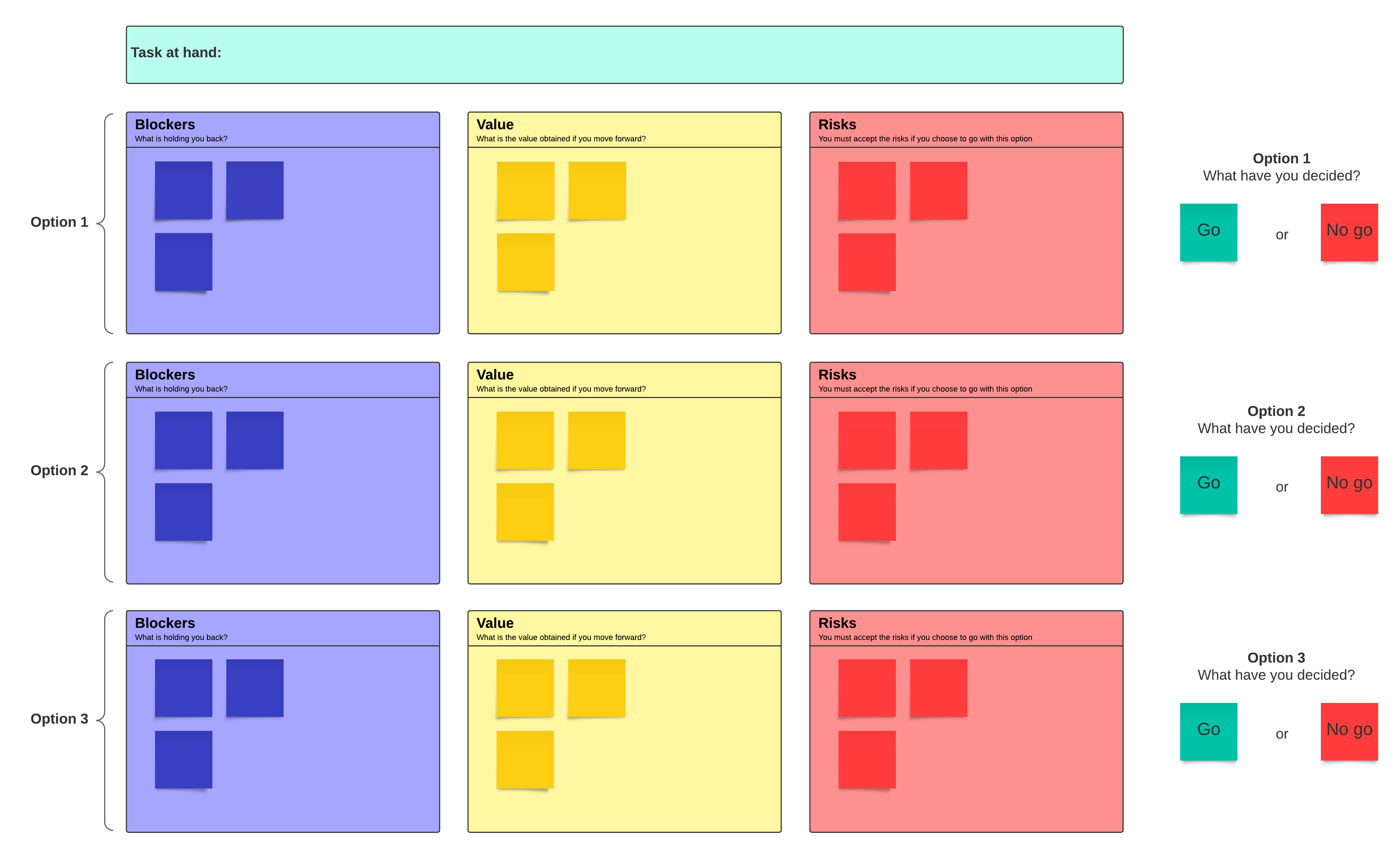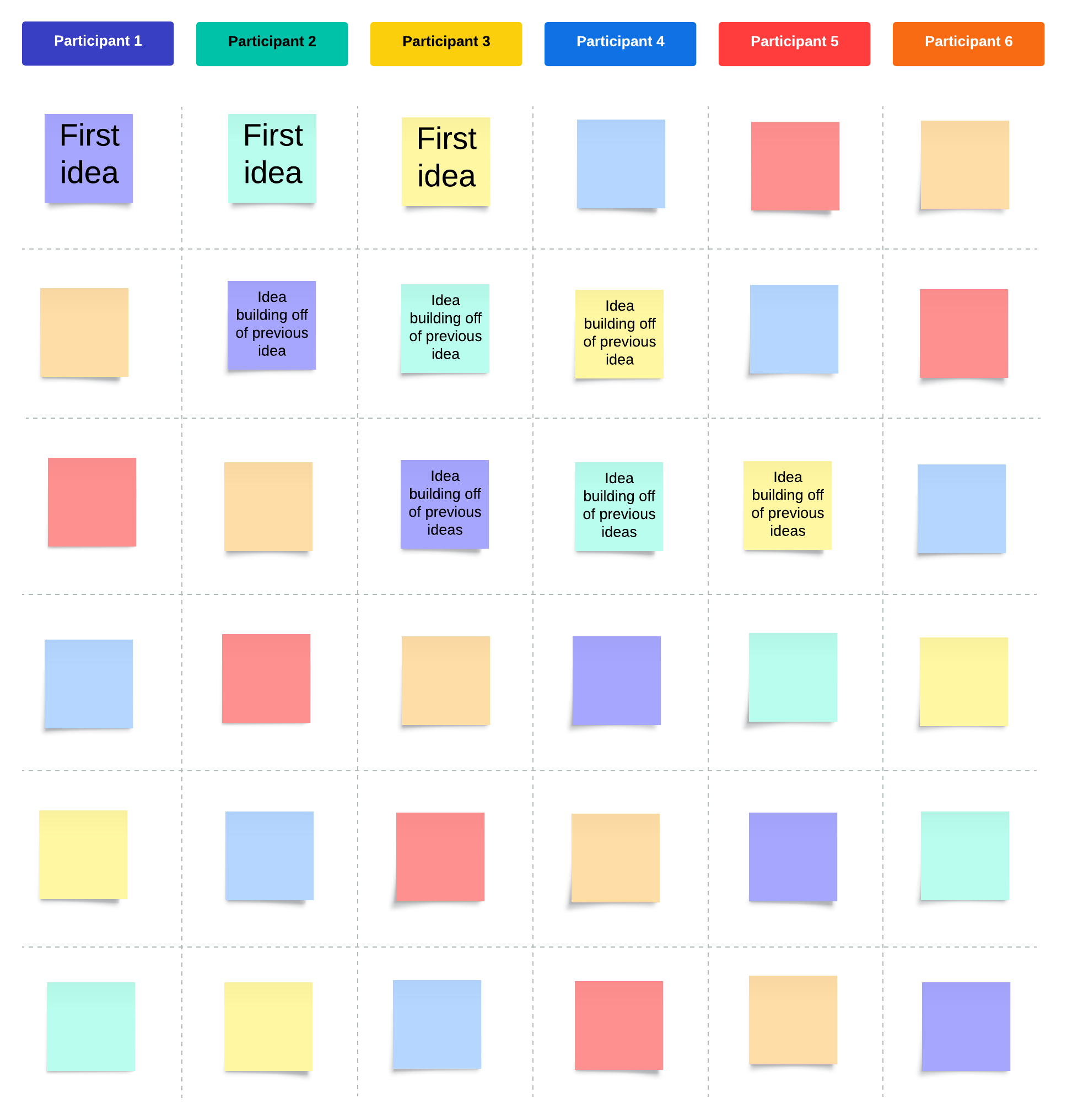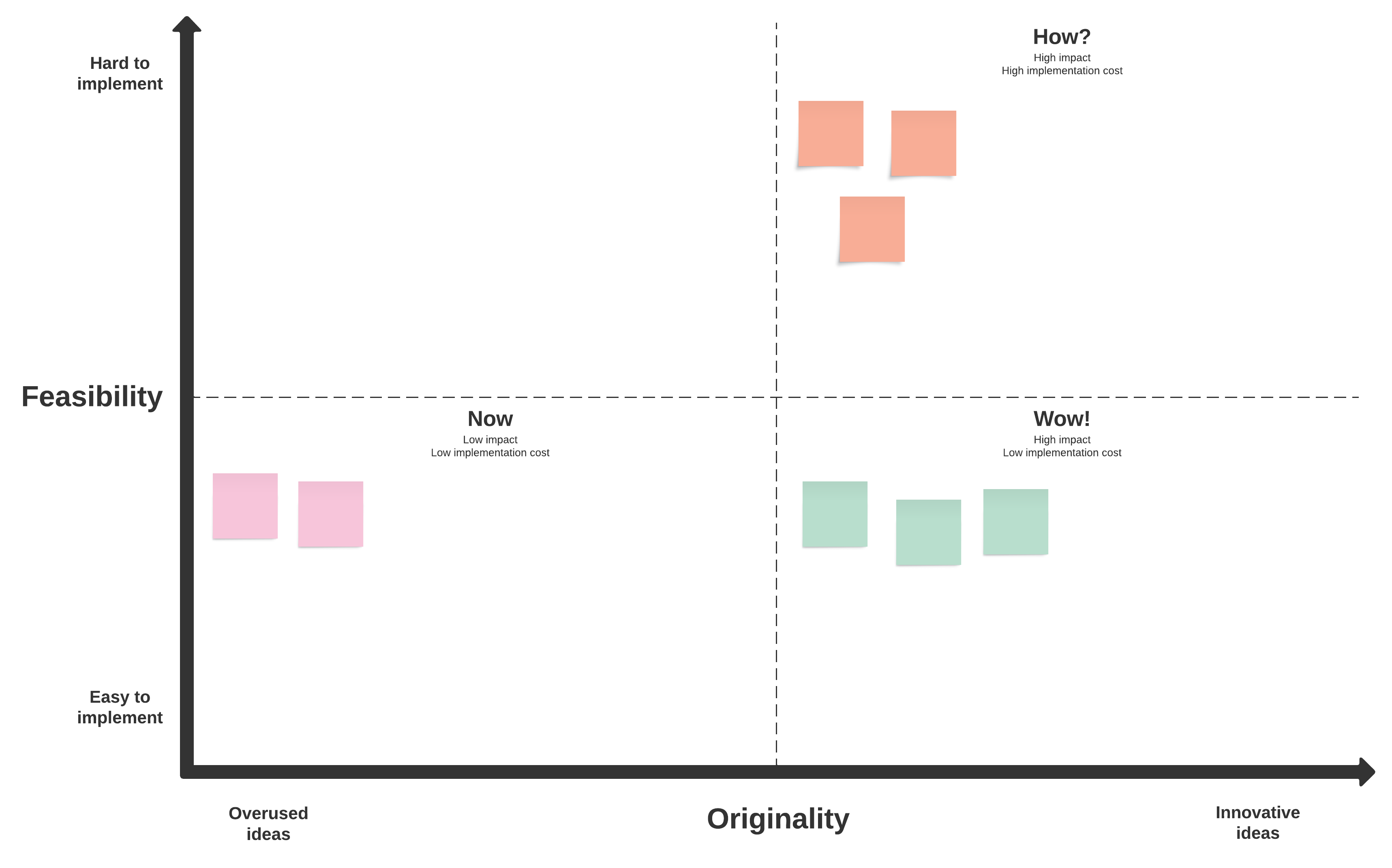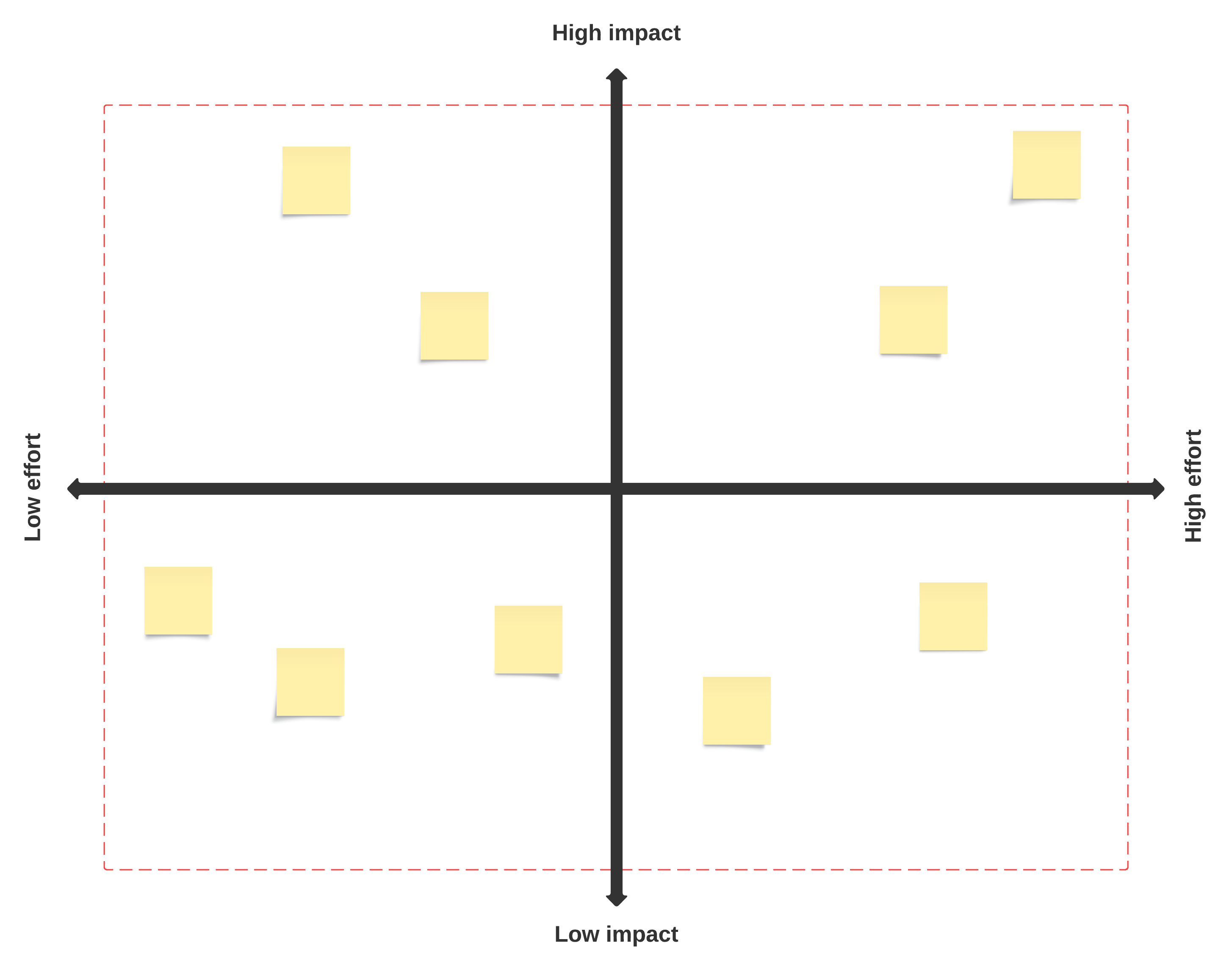Much of your day is spent subconsciously and consciously solving problems. It’s second nature to you. So much so that, when problems arise at work, you likely have your own methods of tackling them. But there will come a time when you encounter a problem and realize your methods for solving it don’t match the methods other people are using. Suddenly, your team or your business is facing a large challenge, and team members are pinballing in dozens of directions attempting to solve it, creating more chaos and prolonging the solution.
This is what happens without having a problem-solving process. A cohesive problem-solving process needs to be defined and must include identifying the problem, gathering potential solutions, deciding on one of them, and implementing that solution. Without agreeing on a specific problem-solving process, your company will struggle to choose a solution, lack innovative solutions from which to choose, and ultimately create more problems than it solves.
But a company that has standardized its problem-solving is able to be lean, rise to pivots in the market, and improve business value over time. We’ll teach you the components of problem-solving and give you techniques to implement a process in your own business.
6-step problem-solving process
While your preferred method for solving problems may involve more or fewer steps, these six components comprise the backbone of any good process.
1. Identify and define the problem
This step seems like the most basic but can actually be the most surprising part of the process. Without agreeing on what the problem is, there’s no way to actually fix it. And sometimes, it may appear that you have one issue when the root of the problem is something else entirely.
- Write down the problem. It’s not enough to just state it aloud.
- Get granular. List everything known about the issue, from when it began to how broad it is.
- List the problem’s cascading effect to understand how broad of an issue you face.
2. Generate possible solutions
Get brainstorming. Start talking. Think big.
- Start by brainstorming in Lucidspark. If you want to get started quickly, we can help! We offer dozens of ready-to-use brainstorming templates. Just choose a template, gather your team, follow the directions, and go from there.
- Narrow down your solutions to the best few.
3. Evaluate alternatives
Before settling on the solution, make sure that you’ve examined all angles.
- Widen the response base. Consider soliciting solutions from beyond your own team to gather a different perspective.
- Carefully weigh the options against each other. What are the risks of each? What are the benefits? Is there a clear winner?
4. Decide on a solution
This can be done by voting or by simply measuring the benefits of each solution proposed.
- Prepare to back up your choice with metrics. Data goes a long way in getting stakeholders on board.
- Detail what you expect the solution to achieve. Why are you taking this approach, and what will the perfect implementation look like?
- Determine what success will look like with this solution. How will you measure it?
Consider using a decision-making matrix template (like the one below) to help with this step.

5. Implement the solution
This can often be the most difficult step. Implementing a solution involves change management and getting people on board with your solution.
- Consider communications. How will you get the message out broadly about this solution, how you chose it, and why it’s important? Being completely transparent about the process can help convince your broader team you’ve put considerable thought into all aspects of the solution, which increases trust.
- Figure out training around the solution, as well as any technical requirements. Will the solution need new software? Will it require a change in process? Outline all this in a single source of truth document that can be referred to often.
6. Evaluate the outcome
There’s a good chance your solution won’t go perfectly. And you may need to reevaluate it in the future. Periodically evaluating your solution is a valuable tool for improving over time and learning from past mistakes.
Tips for effective problem-solving
As you move through the problem-solving process, you may feel tempted to figure things out as you go, but that can end up wasting valuable time. Consider these tips before you begin so you can avoid missing the best solution.
Don’t jump to conclusions
It’s likely you’ll start the problem-solving process with a clear favorite solution in mind. You may even subconsciously start trying to convince others on your team of the correctness of your solution instead of allowing them space to develop their own solutions. That’s when sticking to the process works the best—it eliminates bias and encourages free thinking.
Get the right people in the room
This means doing some work ahead of time. Who has the right expertise, as well as the right authority to contribute solutions? Who’s particularly familiar with the problem? Gathering solution-minded people who have the correct understanding of the issue at hand will go far in problem-solving.
Design a thoughtful agenda
Ever been in a meeting that’s been a waste of time? That could have been because there wasn’t an effective agenda. The agenda should walk the team through the entire process and should be divided into time segments to keep things moving.
Techniques for developing solutions
In addition to all the above, here are three more problem-solving techniques beyond brainstorming.
Improved solutions
This technique involves improving upon the solutions of others. After presenting the problem, allow each team member to come up with one solid solution and write it down. Then rotate clockwise and encourage the next team member to improve upon the solution that was presented. Continue rotating until all solutions have been improved upon.
A brainwriting template can help with this.

How-now-wow matrix
Infuse creativity into your process with this technique. The how-now-wow matrix progresses through obvious ideas that are easy to implement through original ideas that may need more effort to implement. This matrix frees up the mind and encourages creative thinking.

Impact and effort matrix
An impact and effort matrix shows where solutions fall on a scale of their impact vs. how easy they are to complete. This makes it easy for the team to see where there are some quick wins and where there are some high-impact solutions worth putting resources into.

Problem-solving isn’t going anywhere. The more comfortable you are with tackling problems, the more you’ll train your brain to think of creative solutions, but it all starts with understanding the process. Now that you’ve become more familiar with the problem-solving process, you can better lead your team through the steps, taking a systematic approach to finding solutions. The more you repeat this process, the easier it will be to develop solutions that make a real impact.

Try out this decision-making matrix template for the next problem you need to solve!
Go to the templateAbout Lucidspark
Lucidspark, a cloud-based virtual whiteboard, is a core component of Lucid Software's Visual Collaboration Suite. This cutting-edge digital canvas brings teams together to brainstorm, collaborate, and consolidate collective thinking into actionable next steps—all in real time. Lucid is proud to serve top businesses around the world, including customers such as Google, GE, and NBC Universal, and 99% of the Fortune 500. Lucid partners with industry leaders, including Google, Atlassian, and Microsoft. Since its founding, Lucid has received numerous awards for its products, business, and workplace culture. For more information, visit lucidspark.com.
Related articles
Strategies for creating impactful collaboration practices
Let's explore a few strategies and collaboration best practices that improve the way work happens at your organization.
How to create an effective meeting agenda [+ templates]
In this blog post, we will identify ways to create more effective meeting agenda, and some templates to get you started.
The 5 stages of Design Thinking
Learn and master the five elements of Design Thinking to really start thinking outside of the box.

